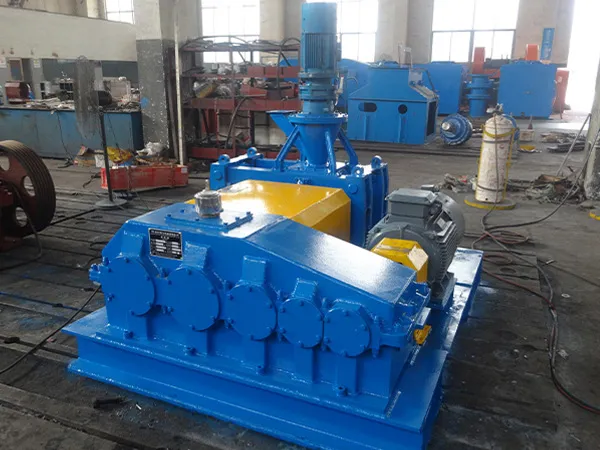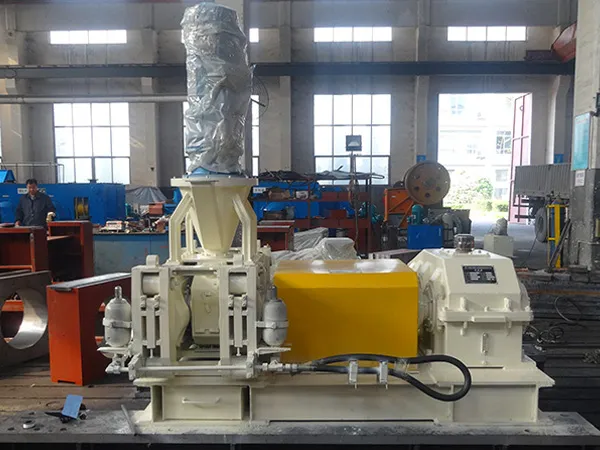

-
Products
-
Application


Briquetting is a process that compacts loose, raw materials into dense, solid blocks called briquettes. This is done to increase their density, making them easier to handle, store, and transport, and often to improve their combustion or recycling value. The specific process varies depending on the material's properties, such as its natural binding agents and required final density.

The main briquetting processes are categorized by the type of machine used: hydraulic presses, mechanical piston presses, and screw presses. Each is suited for different materials.
Biomass includes agricultural residues (like rice husks, sugarcane bagasse, and crop stalks), forestry waste (sawdust and wood chips), and municipal waste. The process for biomass typically relies on the natural binder, lignin, which is present in the plant matter.
Piston Press Briquetting: This process uses a mechanical or hydraulic piston to compact the biomass into a cylinder. The friction and high pressure generated by the piston raise the material's temperature to around 250-300°C. This heat causes the lignin to soften and act as a natural glue, binding the material together. The briquettes are then pushed through a die, which shapes them and provides additional compression.
Screw Press Briquetting: An auger (screw) continuously feeds and compresses the biomass into a heated, tapered die. The friction and heat generated by the screw and the die melt the lignin, creating a very dense, often hollow, briquette. The hollow center can improve combustion by increasing the surface area for air circulation.
Coal and charcoal briquetting typically involves adding a binder to the fine particles to achieve a strong, stable final product.
Roller Press Briquetting: This is a common method for coal fines and charcoal dust. The process involves mixing the finely crushed material with a binder (like molasses, starch, or clay). The mixture is then fed between two counter-rotating rollers that have matching pockets or molds on their surfaces. The high pressure from the rollers compresses the material into uniform, pillow-shaped briquettes. These briquettes are then dried to harden the binder and increase their strength.
Extrusion Briquetting: A screw or ram extruder forces the coal/binder mixture through a die to form a continuous log or cylinder. The shape and size of the briquette are determined by the die. This method is often used for creating briquettes with a central hole, which can improve their burning efficiency.

Metal briquetting is used for converting scrap metal, such as chips, shavings, and turnings from machining processes, into compact, solid blocks. This process is binder-free and focuses on applying immense pressure to cold-weld the metal particles together.
Hydraulic Press Briquetting: This is the most common and effective method for metal. A hydraulic press applies extremely high pressure (hundreds of tons) to the metal scrap within a confined chamber. The intense force compacts the loose scrap into a dense, solid briquette, which significantly reduces its volume (by up to 90%). This process also squeezes out and reclaims any cutting fluids or oils from the scrap, which can be reused.
The choice of briquetting machine (e.g., roller press, piston press, screw press) and whether to use binders depends heavily on the material's characteristics, the desired properties of the final briquette, and the intended application.

Official Agent of ZY MINING in Russia.
Please enter here.
Add: Luoxin Industrial Zone,Luoyang City,Henan Province P.R.C.
Tel: +86-379-67313306
E-mail: gloria@zyksjx.com